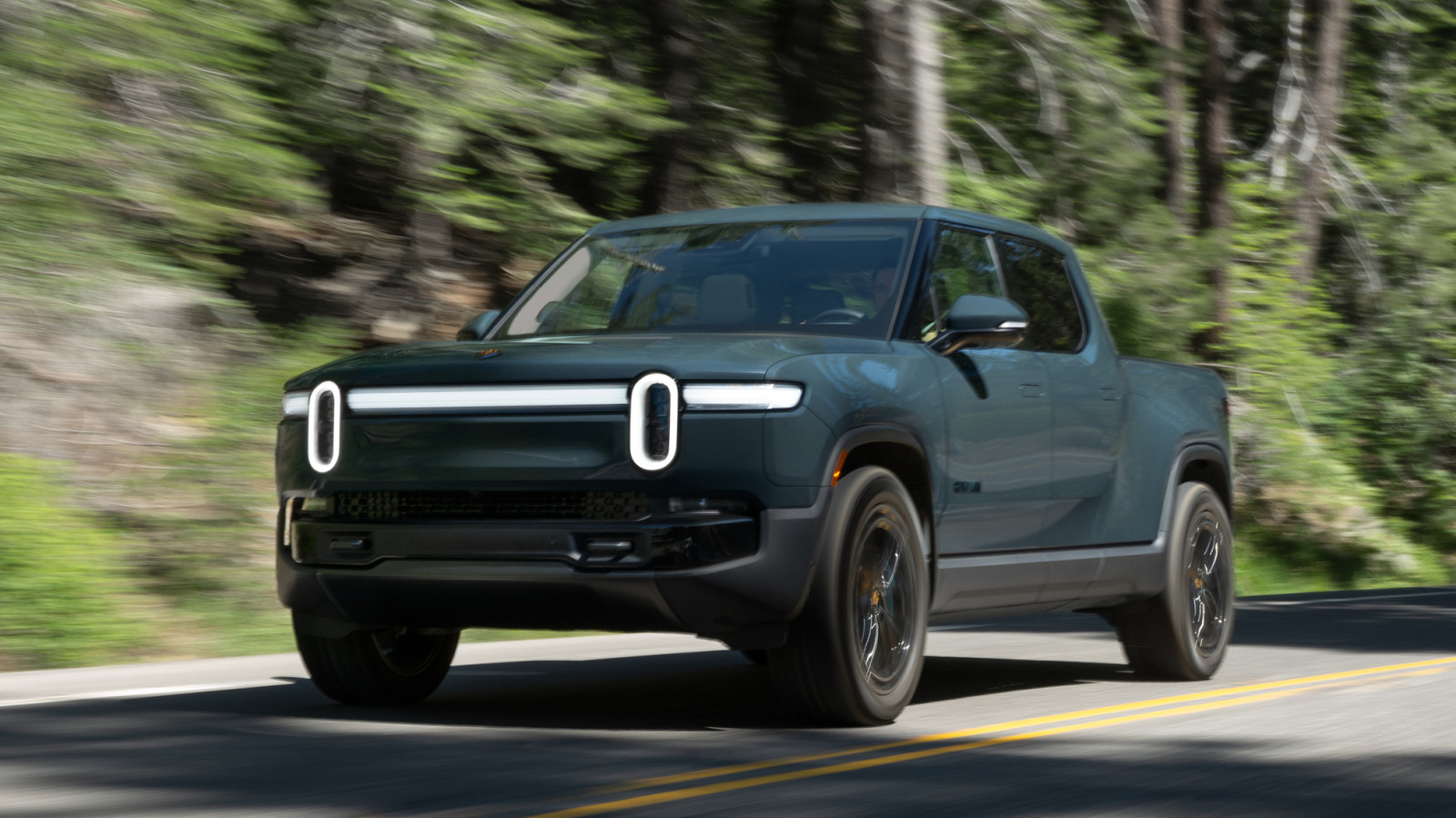Why Do Buyers Compare the Rivian R1T Pickup to Sports Cars and Boats?
It might sound wild at first—why would anyone cross-shop an electric pickup truck with a Porsche 911 or even a boat? Yet, according to Rivian CEO RJ Scaringe, that’s exactly what’s happening with the R1T. The answer lies in how buyers see the R1T: not just as a workhorse, but as a high-end, lifestyle purchase. For many, it’s less about hauling lumber and more about making a statement or indulging in a passion project.
Think about it. The R1T’s acceleration rivals that of some sports cars, and its tech-laden cabin feels more Silicon Valley than construction site. For buyers who might otherwise splurge on a luxury coupe or a weekend watercraft, the R1T offers a new kind of thrill—one that blends adventure, utility, and a hefty dose of cool factor. It’s not just a truck; it’s a toy for grown-ups who want their fun to come with four wheels and zero emissions.
What Makes the R1S SUV Stand Out Among Premium SUVs?
While the R1T grabs headlines for its unconventional competition, the Rivian R1S SUV is quietly making waves in a different way. Scaringe points out that the R1S is one of the best-selling premium SUVs, and it’s easy to see why. Unlike the pickup, the R1S is shopped against the likes of the Tesla Model X, BMW X5, and Mercedes-Benz EQS SUV—vehicles known for comfort, luxury, and family-friendly features.
Where the R1S really shines is in its blend of rugged capability and upscale refinement. It’s built on the same electric platform as the R1T, so you get instant torque and off-road chops, but with seating for seven and a cabin that feels more boutique hotel than backwoods campsite. Recent data from S&P Global Mobility shows that the premium electric SUV segment grew by over 40% in the past year, and Rivian’s R1S has carved out a loyal following among buyers who want adventure without sacrificing creature comforts.
How Does Rivian’s Approach Differ From Traditional Automakers?
Rivian isn’t just building vehicles; it’s selling a lifestyle. That’s a big part of why its products get compared to everything from sports cars to boats. Traditional automakers tend to focus on practical specs—towing capacity, fuel economy, cargo space. Rivian, on the other hand, leans into the emotional side of car ownership. The company’s marketing highlights road trips, camping, and spontaneous adventures, all powered by clean energy.
This approach resonates with a new generation of buyers who see their vehicle as an extension of their identity. It’s not just about getting from point A to point B—it’s about how you feel along the way. And with features like a built-in camp kitchen or the ability to wade through three feet of water, Rivian’s vehicles invite owners to dream bigger.
Are Rivian’s Vehicles Worth the Hype (and the Price Tag)?
Let’s be honest: neither the R1T nor the R1S comes cheap. With prices starting around $70,000, these are premium vehicles aimed squarely at buyers who are willing to pay for innovation and exclusivity. But what do you actually get for that investment?
For starters, both models offer impressive range (over 300 miles on a charge), rapid acceleration, and a suite of tech features that rival anything from Tesla or Mercedes. Owners rave about the fit and finish, the intuitive software, and the sense of community that comes with being an early adopter. According to a 2023 survey by J.D. Power, Rivian ranked among the top brands for customer satisfaction in the EV segment, beating out several legacy automakers.
Still, it’s not all smooth sailing. Some owners have reported growing pains—software glitches, service delays, and the occasional supply chain hiccup. But for many, the positives far outweigh the negatives, especially if you’re looking for something that stands out in a crowded parking lot.
What Should You Know Before Buying a Rivian?
If you’re considering a Rivian, it pays to do your homework. These vehicles are built for people who value adventure, sustainability, and a bit of exclusivity. They’re not the best fit if you’re looking for a budget-friendly commuter or a bare-bones work truck. But if you want a vehicle that can handle a ski trip, a camping weekend, or just a spirited drive through the mountains—while turning heads at every stop—the R1T and R1S are tough to beat.
It’s also worth noting that Rivian is still a young company. That means you might have to wait a bit longer for your vehicle, and service centers aren’t as widespread as those from more established brands. On the flip side, you’ll be joining a passionate community of owners who love to share tips, stories, and the occasional off-road adventure.
The big takeaway? Choosing a Rivian isn’t about perfection—it’s about smarter adjustments. Start with one change this week, and you’ll likely spot the difference by month’s end.


